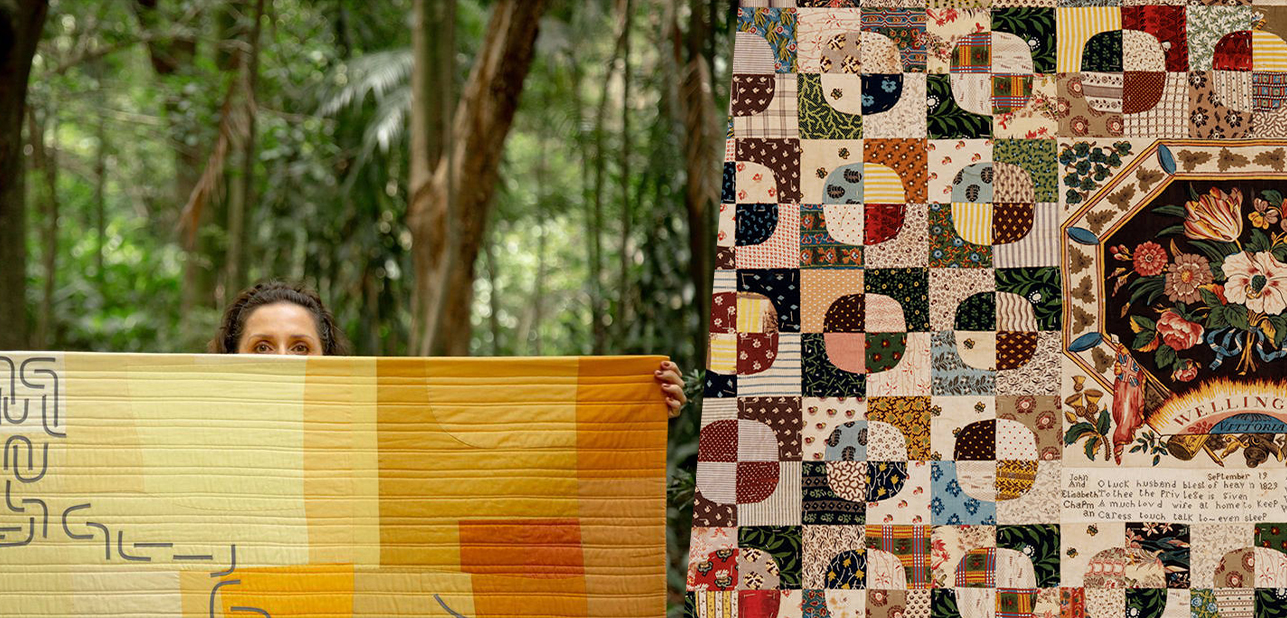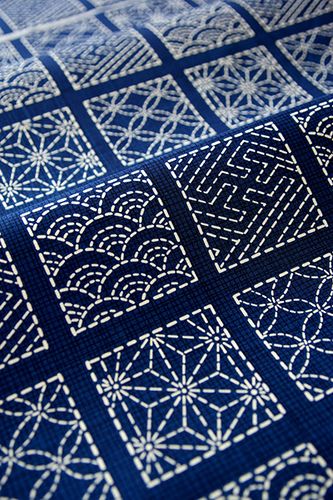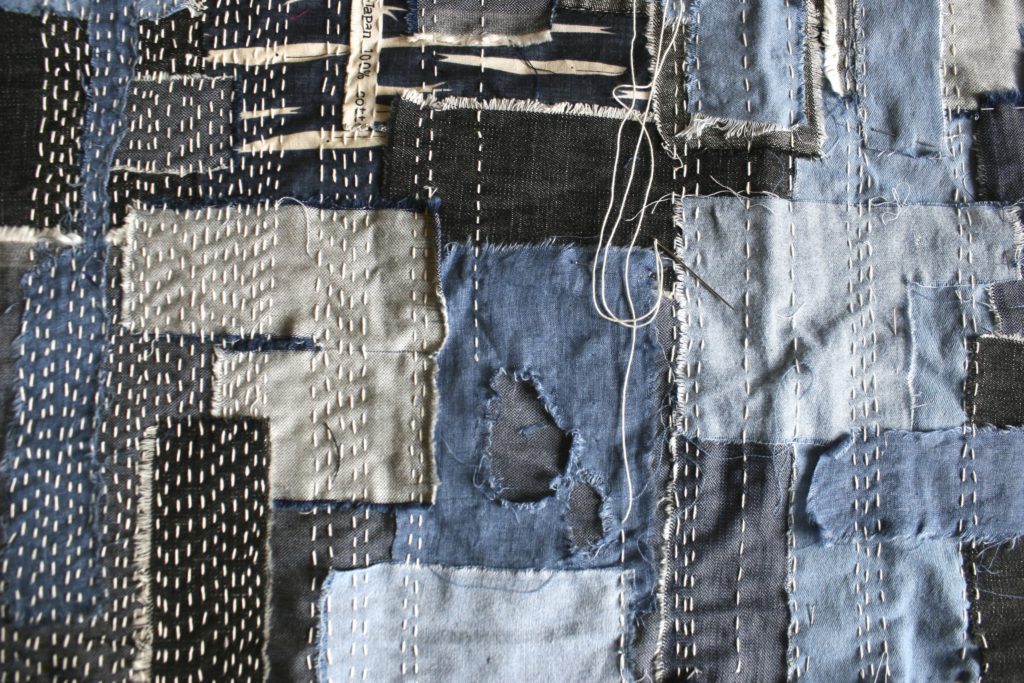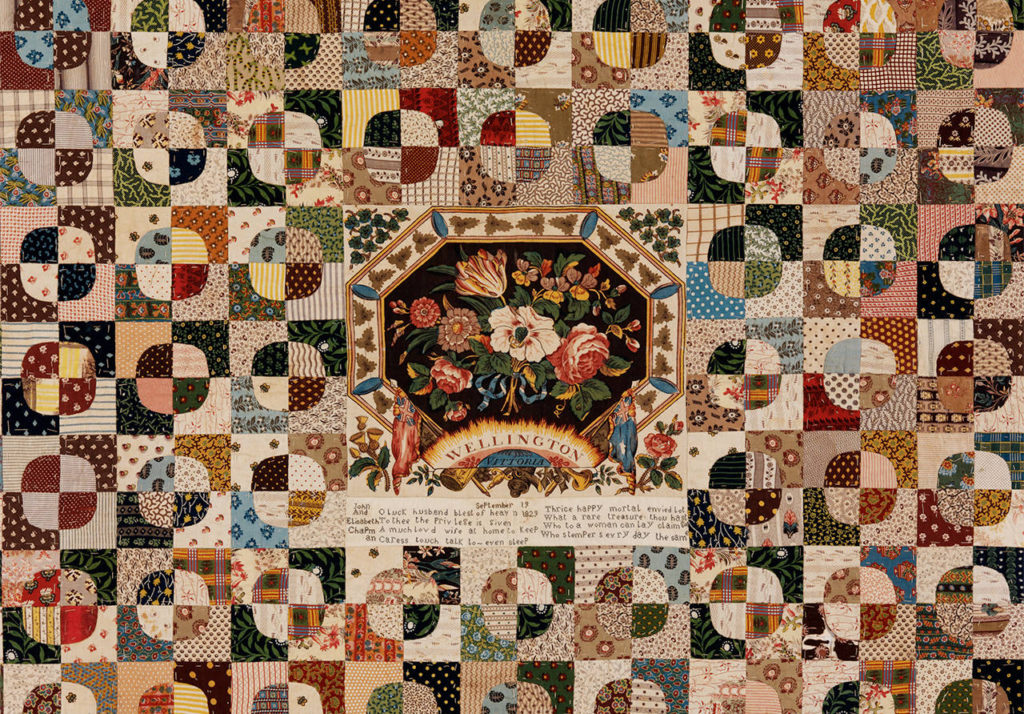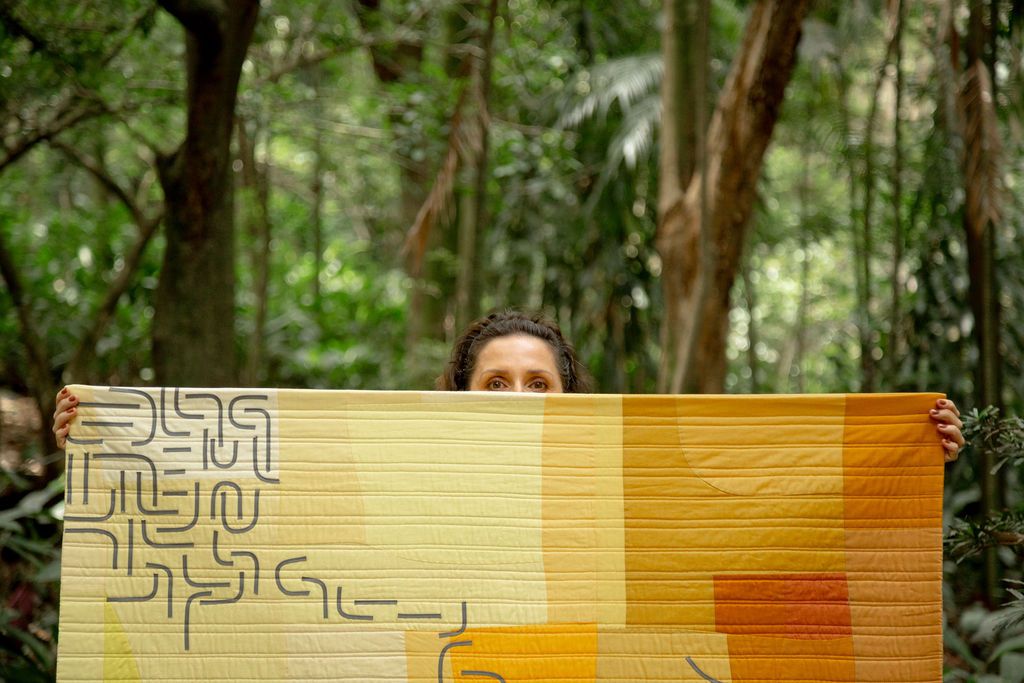Quilting, a craft rich in history and diversity, spans across cultures each with its unique styles and techniques. From the intricate art pieces of American quilts to Europe’s patchwork heritage, this tradition showcases a tapestry of creativity worldwide. By exploring these traditions, you’ll uncover how regional variations and historical events have shaped modern quilting practices. From the rustic charm of American log cabin quilts to the intricate beauty of Japanese sashiko stitching, quilting embodies the essence of global heritage and craftsmanship.

Exploring Iconic Quilt Patterns in America
One of the most iconic American quilting patterns, the log cabin design, has deep roots in American history. Dating back to the pioneer era, this pattern symbolizes the resilience and resourcefulness of early settlers. Its simple yet striking geometric arrangement of fabric strips evokes the warmth of home and hearth. Similarly, the lone star pattern, with its bold, radiant center surrounded by intricate points, captures the spirit of adventure and exploration. These iconic patterns continue to captivate quilters, serving as timeless expressions of creativity and ingenuity.
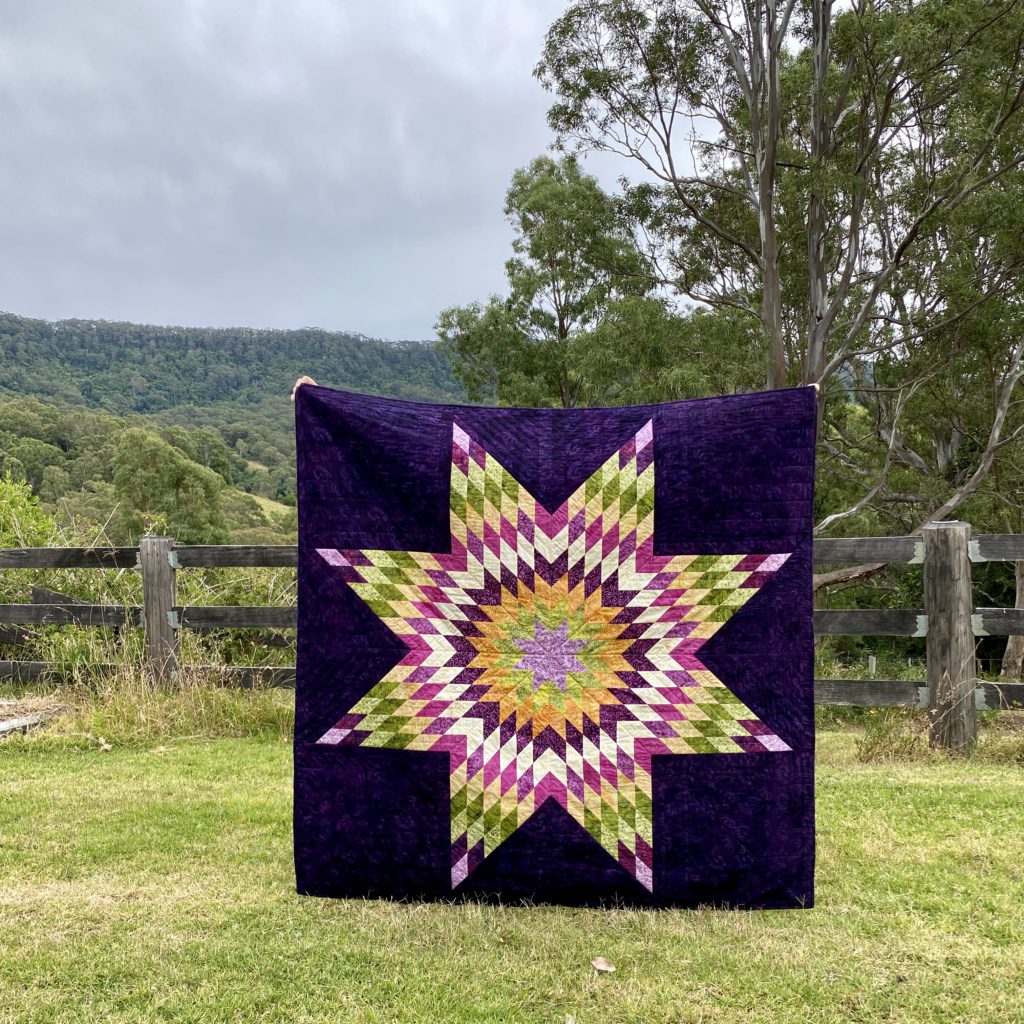
www.sameliasmum.com 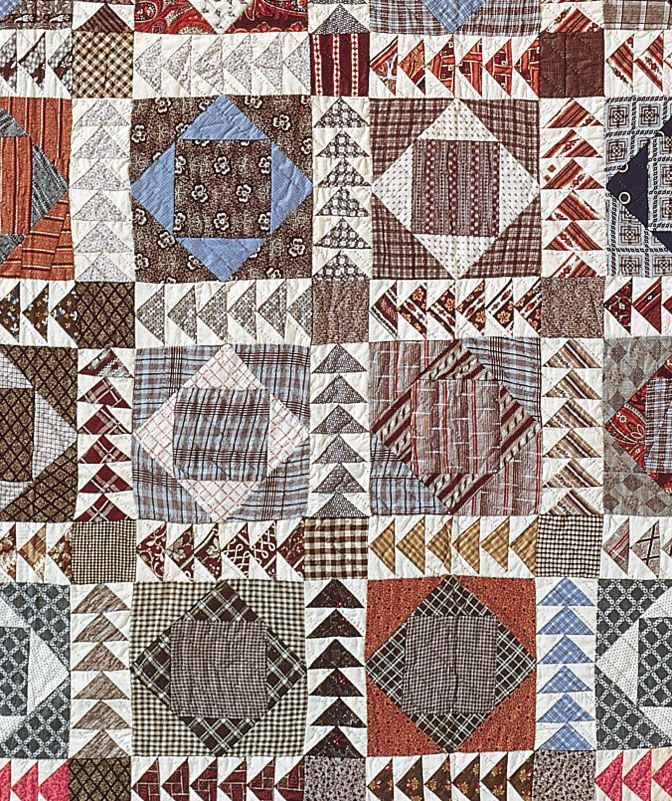
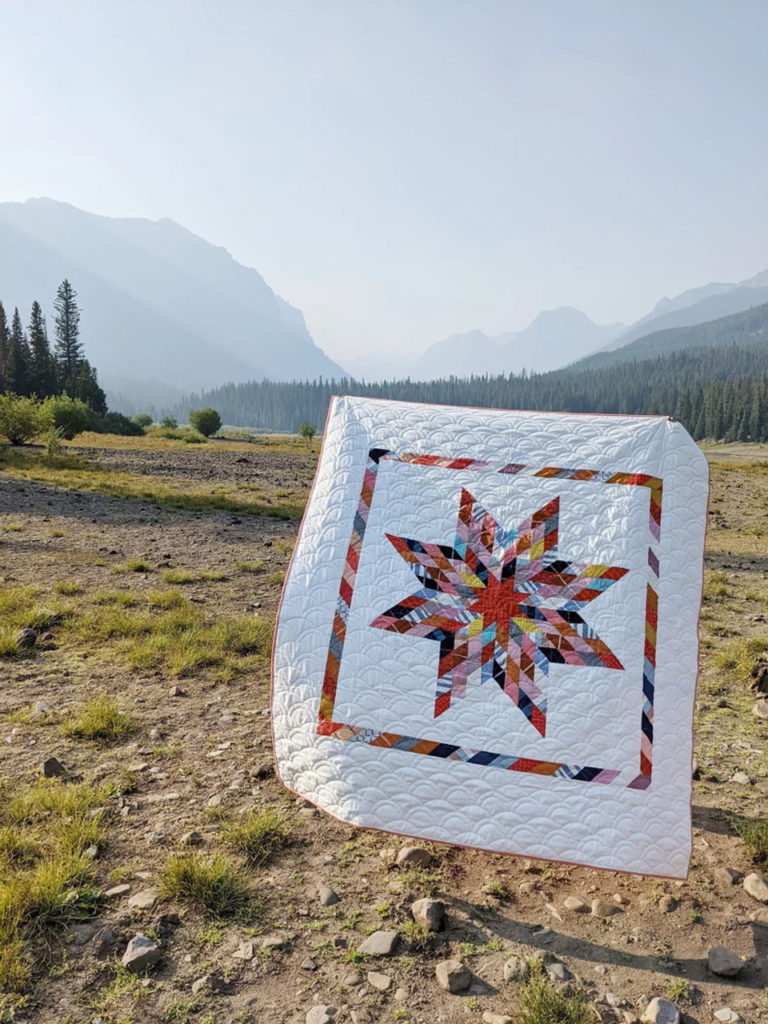
www.outofhandquilting.com
A Closer Look at Traditional Japanese Quilting Techniques
Turning our gaze east, we discover the exquisite artistry of traditional Japanese quilting. Sashiko, meaning “little stabs,” is a form of decorative reinforcement stitching. Originating as a practical technique to strengthen layers of fabric, sashiko has evolved into a revered art form characterized by its geometric patterns and delicate, repetitive stitches. These quilts, often featuring motifs inspired by nature, reflect a reverence for simplicity, harmony, and craftsmanship.
The influence of sashiko can be seen in modern quilting practices worldwide, with quilters incorporating its elegant stitches and motifs into their designs. From embellishing garments to creating stunning quilted masterpieces, sashiko continues to inspire and captivate artisans around the globe, serving as a testament to the enduring legacy of Japanese quilting.
Understanding the Role of Storytelling in African Quilts
In Africa, quilting takes on a distinct narrative role, serving as a medium for storytelling and cultural preservation. Traditional African quilts are rich in symbolism, with each pattern and motif carrying deep cultural significance. From the vibrant colors of the Ndebele people to the bold, graphic designs of the Kuba kingdom, these quilts chronicle tales of community, identity, and heritage.
Through the art of quilting, African artisans pass down ancestral wisdom and celebrate the richness of their cultural tapestry. In contemporary quilting circles, African-inspired motifs and storytelling techniques are celebrated for their boldness and vibrancy, infusing modern quilts with a sense of cultural richness and diversity.
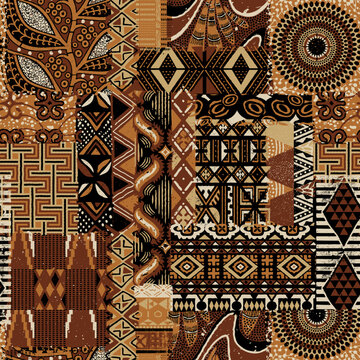
European Quilting Traditions: Patchwork Treasures
Across the Atlantic, Europe boasts a diverse array of quilting traditions, each with its own unique charm and heritage. Patchwork quilts, characterized by their intricate patterns assembled from small fabric pieces, have been a mainstay of European craftsmanship for centuries.
With each quilt telling a story of its own, these cherished heirlooms are treasured for their timeless elegance and artistry. In the modern quilting scene, patchwork continues to be a staple, with quilters experimenting with new techniques and designs while paying homage to the rich heritage of European quilting.
International Quilting Traditions Meets Modernity
Through the rich tapestry of international quilting traditions, we are reminded of the universal language of creativity and craftsmanship. Across continents and cultures, quilting serves as a testament to the human spirit’s boundless capacity for expression and connection. Whether through the rustic charm of an American log cabin quilt, the delicate precision of Japanese sashiko stitching, the vibrant storytelling of African quilts, or the timeless elegance of European patchwork, quilting continues to inspire and unite us, stitching together the fabric of our shared humanity.
Many modern quilts pay homage to the craftsmanship of generations past, incorporating traditional motifs, patterns, and techniques into designs. At the intersection of tradition and modernity, international quilting traditions find new life, evolving and adapting to meet the needs and tastes of a changing world.To learn new techniques and skills in modern quilting, check out our selection of online quilt classes.


